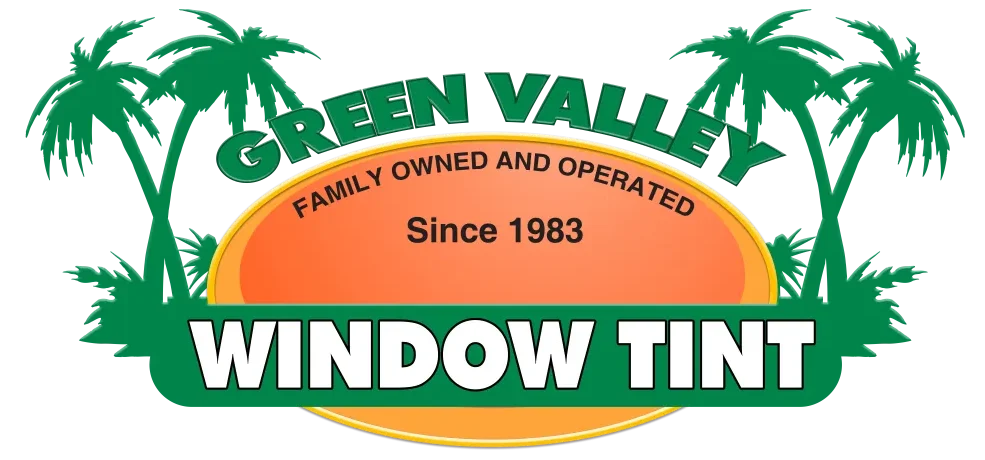When it comes to enhancing the look and comfort of your Nevada car or home, window tinting is a popular choice. Tinted windows offer a range of benefits, including reducing glare, protecting your privacy, and improving energy efficiency. However, not all window tints are created equal, and it’s essential to understand the key differences between two crucial factors: Total Solar Energy Rejection (TSER) and Infrared (IR) Rejection.
In this beginner’s guide, we’ll dive into these two important aspects of window tinting, explain their main differences, and highlight why it’s crucial to pay attention to them when shopping for window tint.
Understanding Total Solar Energy Rejection (TSER)
Total Solar Energy Rejection (TSER) is a term used to measure the overall effectiveness of a window tint in blocking the sun’s energy. TSER represents the combination of several elements that contribute to a window tint’s performance, including visible light transmission (VLT), ultraviolet (UV) rejection, and infrared (IR) rejection.
Visible Light Transmission (VLT): VLT refers to the percentage of visible light that can pass through the window. The lower the VLT percentage, the darker the tint. TSER takes VLT into account because a darker tint usually means better solar energy rejection.
Ultraviolet (UV) Rejection: UV rays from the sun are harmful to your skin and can cause fading and damage to your vehicle’s interior or furnishings in your home. A good window tint should provide high UV rejection to protect you and your belongings from these harmful rays.
Infrared (IR) Rejection: This is where things get interesting, as IR rejection is one of the key components of TSER, and it deserves a closer look.
Understanding Infrared (IR) Rejection
Infrared rays are part of the solar spectrum, and they carry heat. These rays are responsible for the warmth you feel when sitting in direct sunlight. Infrared radiation can make your car or home uncomfortably hot, and it significantly impacts your cooling costs.
Infrared rejection measures a window tint’s ability to block infrared rays. It is a vital aspect of TSER because it directly affects the tint’s ability to keep your space cool and comfortable. The higher the IR rejection percentage, the more heat the tint will keep out.
Key Differences Between TSER and IR Rejection
- Components: TSER combines multiple factors like VLT, UV rejection, and IR rejection to provide an overall rating for a window tint. On the other hand, IR rejection specifically measures a tint’s ability to block infrared rays.
- TSER as an Overall Indicator: TSER gives you a comprehensive view of how a window tint will perform in various aspects. It’s a more general measure of a tint’s effectiveness in reducing heat, glare, and UV rays. IR rejection, on the other hand, focuses solely on the tint’s ability to block infrared heat.
- TSER’s Inclusion of UV Rejection: TSER accounts for UV rejection, which is vital for protecting your skin and preventing interior damage. While IR rejection is a significant component of TSER, it doesn’t include UV rejection.
Why Paying Attention to TSER and IR Rejection Matters
- Comfort: A high TSER and IR rejection rating means a cooler and more comfortable interior. This is especially important during scorching summer months when excessive heat can make your vehicle or home unbearable.
- Energy Efficiency: Tinting your windows with a high TSER and IR rejection rating can help reduce your energy bills. By keeping out heat, your air conditioning system doesn’t need to work as hard, saving you money.
- Protecting Your Belongings: UV rays can cause your car’s interior or home furnishings to fade and deteriorate over time. A window tint with high TSER and UV rejection ratings ensures your belongings remain in better condition.
- Privacy: A tint with good IR rejection can keep prying eyes away, providing you with enhanced privacy both in your vehicle and at home.
- Skin Protection: High UV rejection levels offered by window tints with good TSER ratings help protect your skin from the sun’s harmful rays, reducing the risk of skin damage and skin cancer.
When shopping for window tint, whether it’s for your vehicle or your home, it’s essential to consider both TSER and IR rejection ratings. A good balance between these factors will ensure a comfortable and efficient living space while protecting your privacy and your belongings. By understanding the differences between TSER and IR rejection, you can make an informed choice and enjoy the numerous benefits of quality window tinting.





